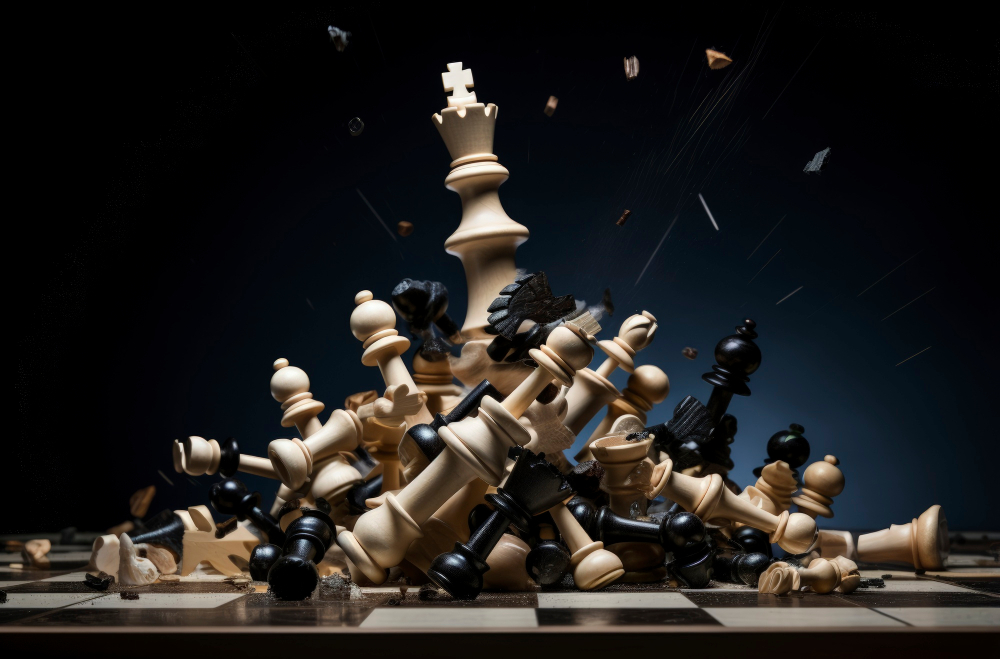The question, “Is chess a sport?” has intrigued millions around the globe. This two-player strategy game transcends mere pastime to embody elements akin to competitive sports: strategic planning, intense mental focus, and international tournaments. But how does one navigate its intricate rules and engage in this cerebral combat? Let’s dive into the fascinating world of chess, exploring the fundamentals of game rules and offering a beginner’s guide on how to play.
What Defines Chess?
Chess is a board game that requires two players, each starting with 16 pieces: one king, one queen, two rooks, two knights, two bishops, and eight pawns, all strategically deployed with the aim to checkmate the opponent’s king. This objective thrusts chess into the realm of intellectual athleticism, blending art, science, and competitive sport.
Is Chess a Sport?
Internationally, chess is recognized as a sport by the International Olympic Committee (IOC) and the International Sports Federation. The game’s requirement for mental agility, competitive training, and global tournaments underpin its classification as a sport. Players often undergo rigorous preparation, akin to athletes in physical sports, strategizing and honing skills to outmaneuver opponents.
Basic Rules of Chess
Understanding chess begins with its basic rules, crucial for anyone looking to delve into this enthralling game.
- The Objective: Checkmate the opponent’s king while avoiding the fate for your own.
- The Board: A chessboard consists of 64 squares, alternating between light and dark colors.
- Setting Up: The board should be positioned with a white (or light) square at each player’s right-hand corner. Pieces are arranged identically on either side.
- Movement: Each type of piece moves distinctively, an essential aspect to master for strategic gameplay.
How to Play Chess: A Beginner’s Guide
Embarking on the journey of chess involves grasping the basics, from piece movement to strategic play. Here’s a concise guide to get you started.
| Piece | How It Moves |
|---|---|
| Kings | One square in any direction |
| Queens | Any number of squares, but only along a row, column, or diagonal |
| Rooks | Horizontally or vertically, any number of squares |
| Bishops | Diagonally, any number of squares |
| Knights | In an ‘L’ shape: two squares in one direction and then one more perpendicular |
| Pawns | Forward only: one square, with the initial move offering the option of advancing two squares |
To win in chess, a player must skillfully maneuver their pieces to place the opponent’s king under an inescapable threat of capture. This doesn’t mean capturing the king—a move that’s actually against chess rules—but putting it in such a position that no legal move can prevent its capture in the next turn.
Strategies for Beginners
Starting with solid strategies can immensely benefit beginners. Focus on controlling the center of the board, developing your pieces to effective squares early on, and safeguarding your king through castling. Practice remains the key to mastery, accompanied by studying classic games and potential openings.
Is chess a sport? Absolutely, through its intellectual rigor and competitive spirit, chess demands of its practitioners the same qualities we admire in athletic pursuits. Whether you’re a beginner eager to learn the moves or an enthusiast keen to delve deeper into strategies, chess offers a rich, rewarding experience akin to no other game.

